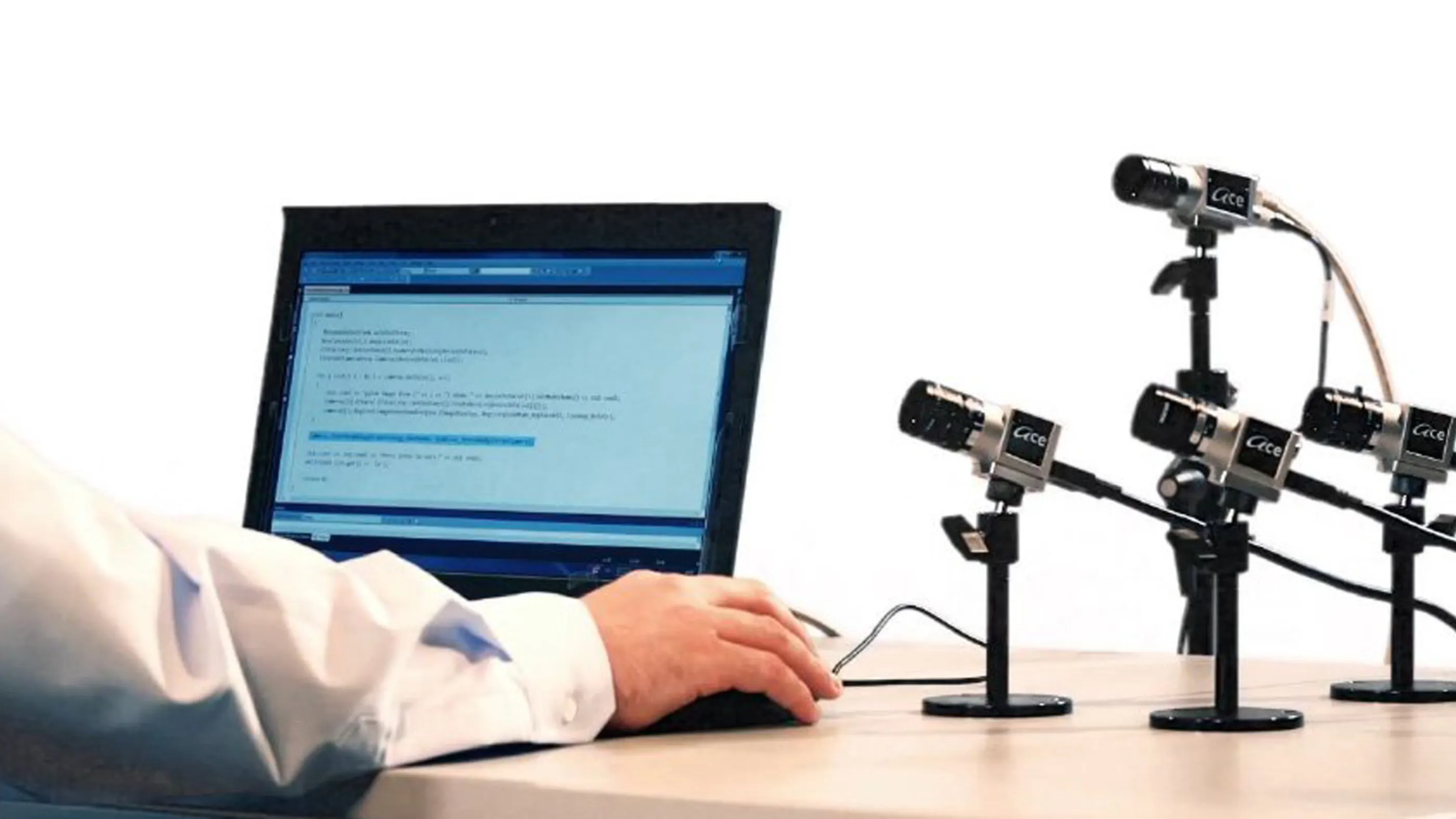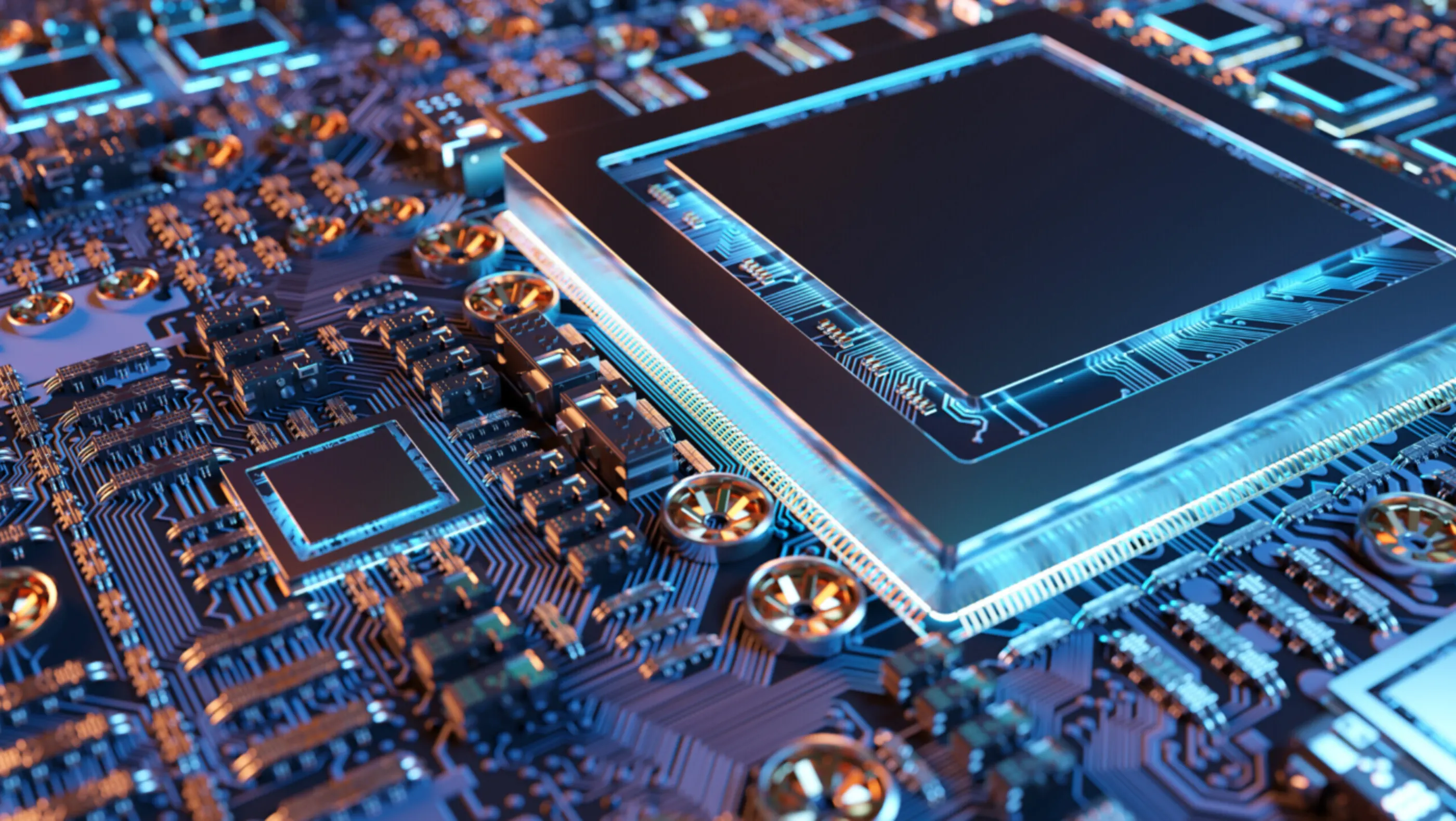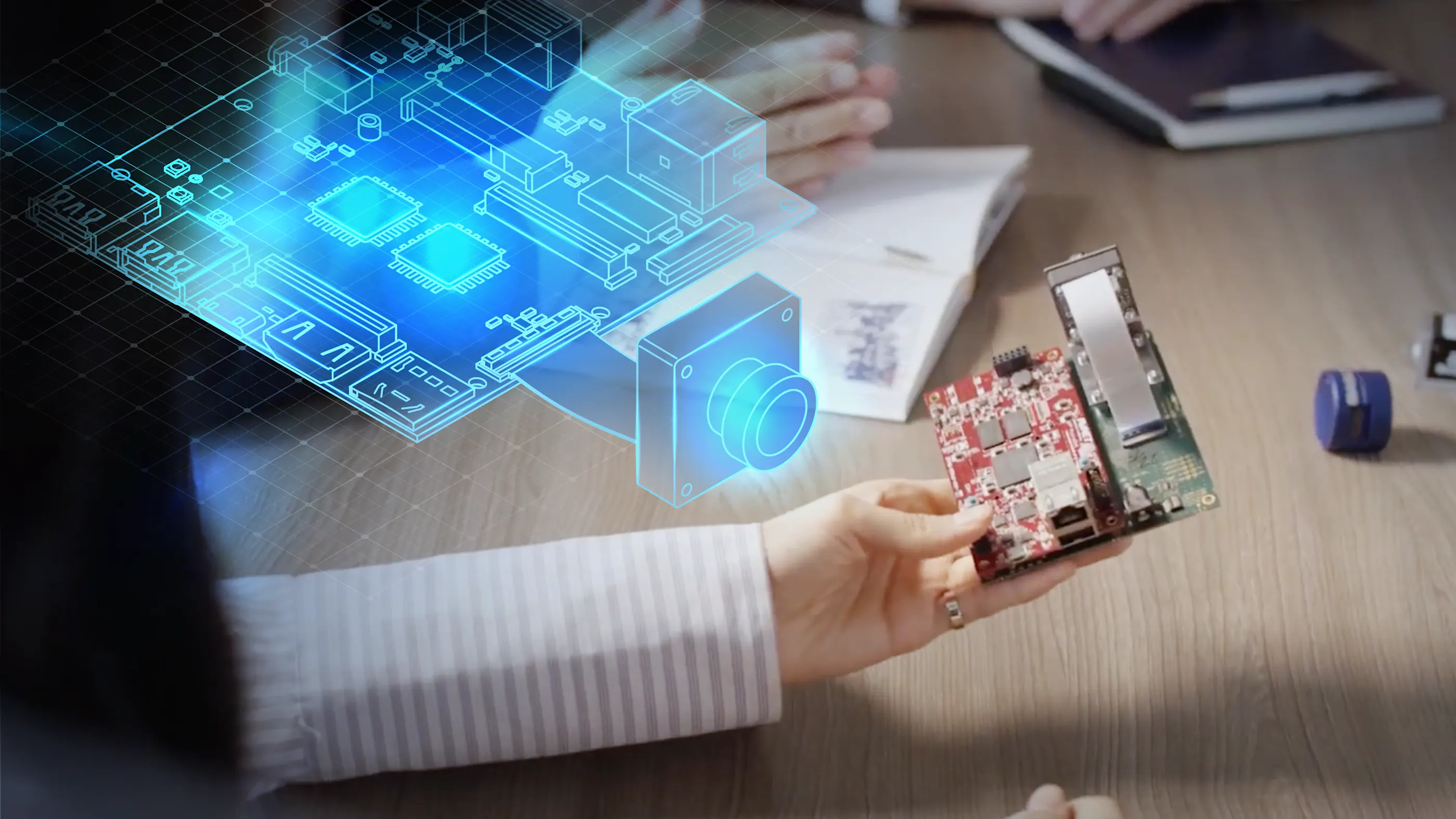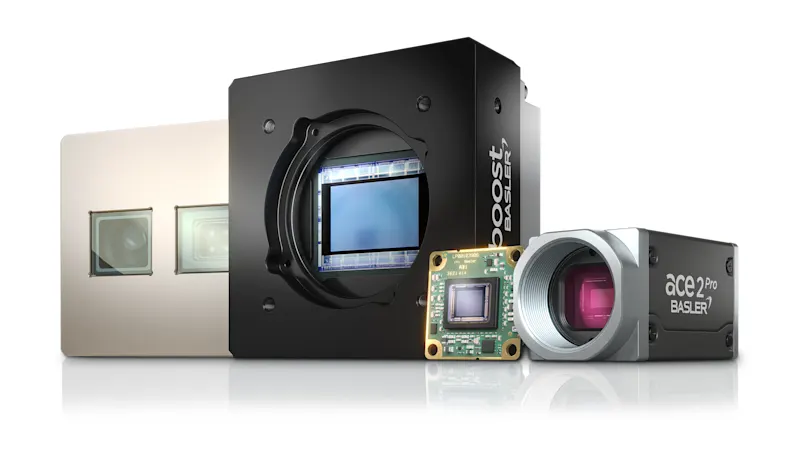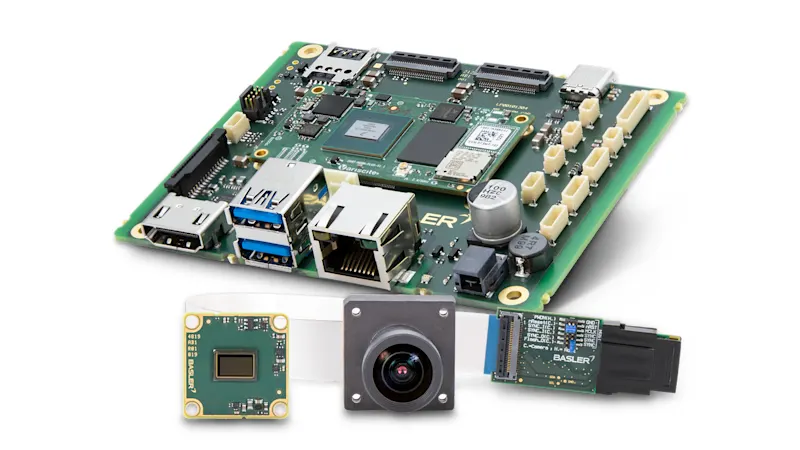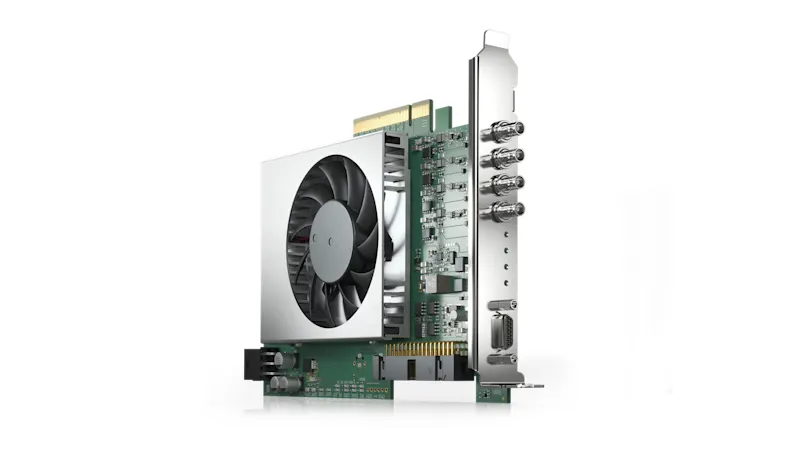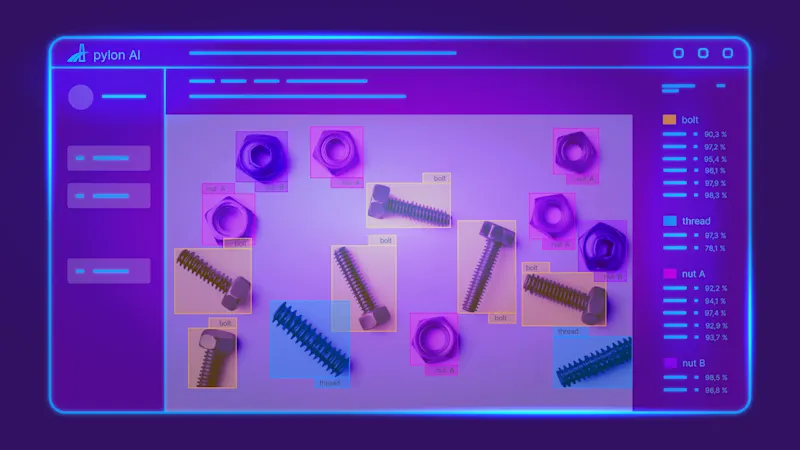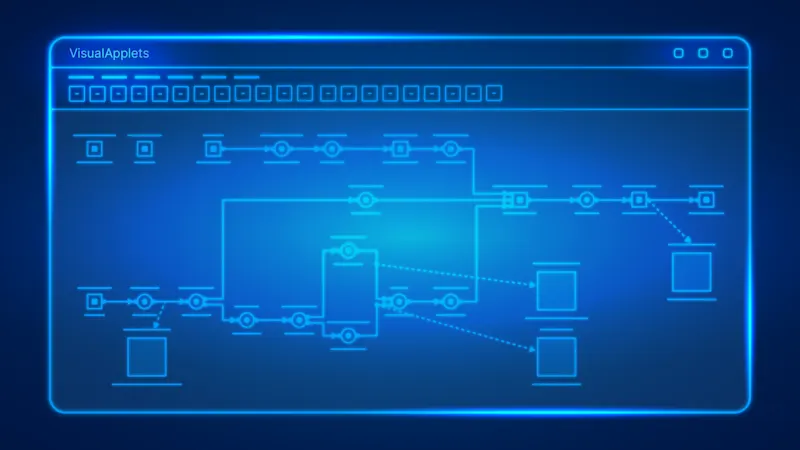Deep Learning Systems for Machine Vision
Deep learning has revolutionized industrial image processing. Companies around the world are using artificial neural networks (CNN) for precise error detection, intelligent quality control, and automated decisions - wherever conventional methods reach their limits. Whether compact edge solutions, powerful FPGA systems, or flexible PC-based platforms: we offer vision systems to suit your application.
Deep learning in image processing
Our white paper presents the following topics in detail:
Application fields for deep learning in machine vision
Advantages of deep learning-based methods
Cost of using deep learning
Optimization of deep learning nets through hybrid approach
Application fields for solutions without deep learning
Different vision systems for deep learning applications
PC-based deep learning
Whether powerful cameras with integrated image preprocessing or flexible software tools for AI model integration: we offer a comprehensive portfolio for deep learning applications on the PC. Benefit from high image quality, simple integration, and reproducible results.
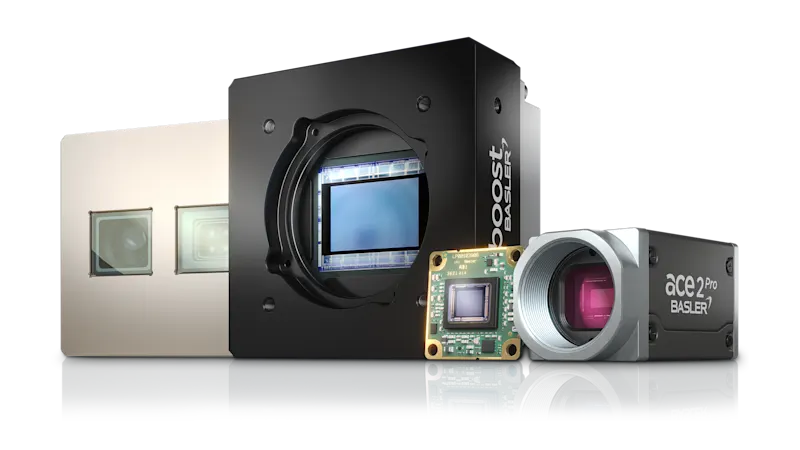
Suitable cameras for high image quality
Since an artificial neural network is only as good as its image data, high image quality is crucial for precise inference results.
Large selection of cameras and corresponding CMOS image sensors
Support for all common interfaces, such as GigE and USB 3.0
Internal image preprocessing in most Basler cameras reduces PC-side processing (e.g. debayering, sharpening, noise reduction)
Extremely reproducible results
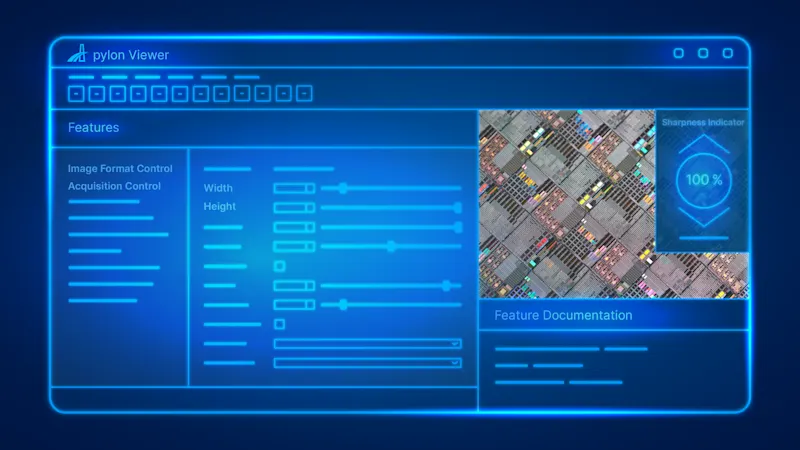
pylon Software for the integration of your Basler cameras
The pylon Software Suite makes it easy to set up cameras and integrate them into the deep learning application. It offers certified drivers for common vision interfaces, powerful and simple programming interfaces, and practical tools for camera configuration. Available for Windows, Linux (incl. ARM), macOS, and Android - for reliable connectivity in a wide range of system environments.
To the pylon Software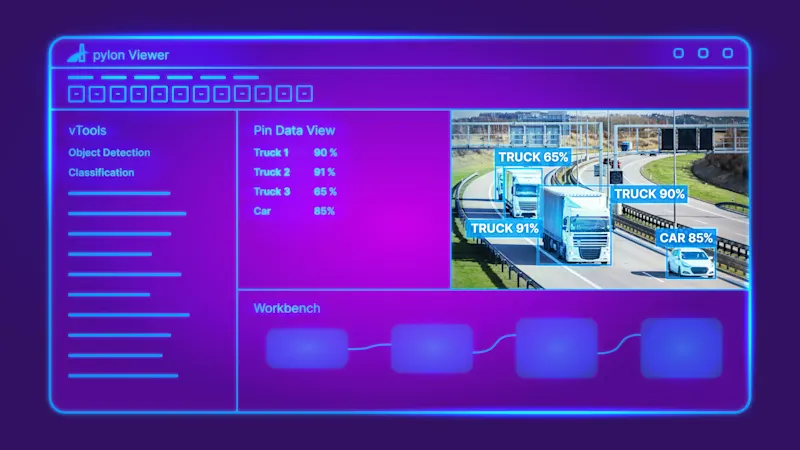
pylon AI for efficient image analysis
pylon AI provides you with a powerful AI platform and image analysis tools that are seamlessly integrated into the pylon Software. The platform can be used to optimize and benchmark your own AI models for your processing hardware based on real image data. Whether object recognition, text recognition (OCR), segmentation, or classification - pylon AI offers the right solution for precise and fast applications.
Frame grabber-based deep learning
If your deep learning application requires high data throughput, as in real-time environments, the frame grabber-based vision system is the right choice.
CNN on FPGAs with VisualApplets software
With our graphical FPGA development software VisualApplets, using CNNs on FPGAs has never been easier. Pre-trained CNN nets of varying size and complexity can be loaded directly onto an FPGA. The software supports pre-trained nets from the most common CNN libraries, such as TensorFlow. The nets can also be retrained with little effort. Additional image optimizations can be easily integrated as pre- or postprocessing steps.
More about VisualApplets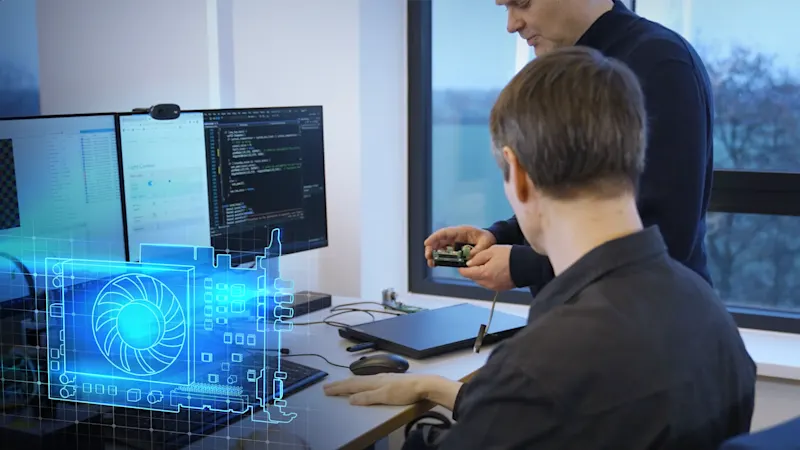
We help you to transfer the trained net to the FPGA
For your FPGA-based deep learning projects, we offer a powerful CNN runtime license and two service packages to suit your level of experience. We support you with the integration of existing nets or, on request, take over the complete CNN design and FPGA implementation - tailored to your bandwidth and accuracy requirements.
To the frame grabber servicesEmbedded vision systems for deep learning
Our experienced team develops powerful embedded vision systems with deep learning - from high-quality camera modules to versatile edge computing solutions. Our products support processors from leading manufacturers such as NXP® and NVIDIA®. They are also available as ready-to-use development kits - for fast and efficient prototyping.
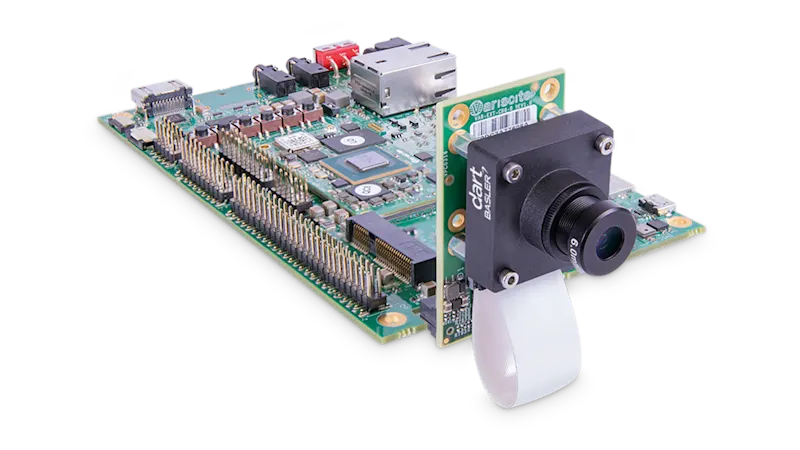
Optimal products for embedded deep learning applications
Compact systems thanks to small form factor
Very low system costs thanks to lean hardware design
Scalability with various processors from all major manufacturers
Industry-proven and durable hardware components
Implementing deep learning in the cloud or at the edge
No matter which processing unit you work with: we offer you the driver packages and software to get your deep learning application up and running. We support the cloud integration of Amazon Web Services (AWS), Microsoft Azure, or Google's cloud platform. Want to run your artificial neural network "at the edge"? No problem! Our embedded vision technology helps you to operate one or more vision systems for deep learning applications "at the edge".
